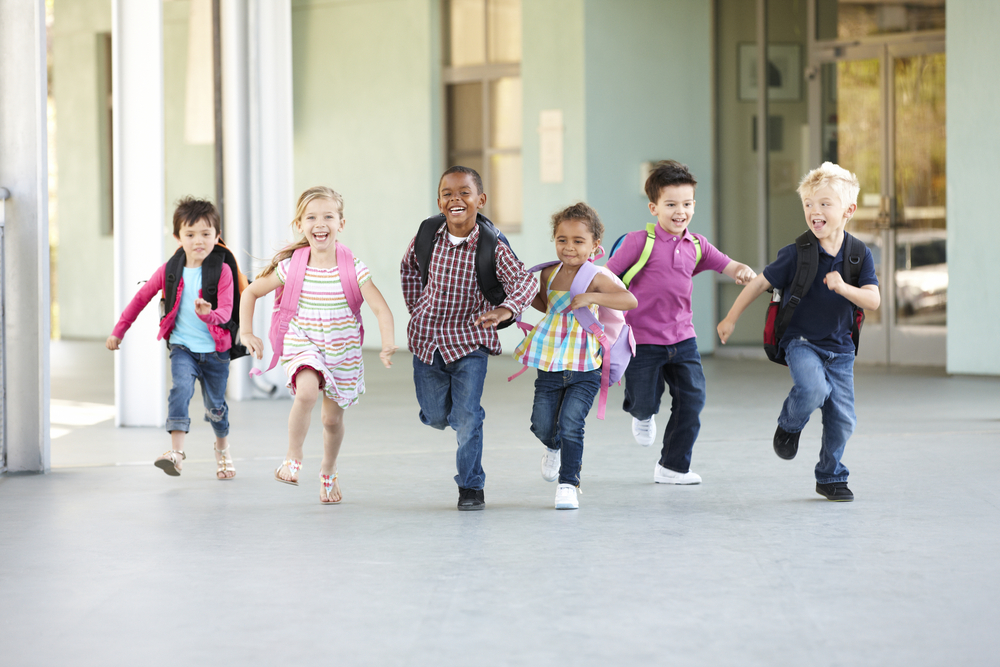Understanding directions Addition Worksheets for Ages 5-8
3 filtered results
-
From - To
Our "Understanding Directions Addition Worksheets for Ages 5-8" are thoughtfully designed to engage and educate young minds while enhancing their math skills. These worksheets help children improve their addition abilities by following simple, step-by-step instructions. Each worksheet is crafted to provide fun, interactive exercises that keep kids motivated and focused. By completing these activities, children develop critical thinking, listening, and interpretation skills vital to their overall educational growth. Perfect for home or classroom use, our addition worksheets make learning basic math concepts an exciting journey. Dive in and watch your child’s confidence soar as they master the art of addition!
Understanding directions in addition for children aged 5-8 is crucial for their foundational math skills and overall cognitive development. At this young age, children are developing their numeracy abilities, and clear directions enhance their comprehension and confidence in performing basic math operations.
When children understand how to follow addition directions properly, it enables them to grasp the concept of combining numbers to find a total, which is a fundamental skill in everyday life and future mathematical learning. It fosters their problem-solving abilities and logical thinking by demonstrating how individual components come together to form a whole.
Teachers and parents play an integral role in presenting these addition tasks in a way that is engaging and easy to follow. Clear and consistent directions help children learn the systematic approach needed for addition without feeling overwhelmed or confused. It also encourages independent learning, as kids learn to interpret instructions and solve problems on their own.
Moreover, mastering addition at an early age boosts children's self-esteem in their academic capabilities. It sets a positive precedent for their attitudes toward math and learning in general. Thus, emphasizing the understanding of directions in addition is not just about teaching them to add numbers but equipping them with lifelong learning skills and building a strong educational foundation.
























